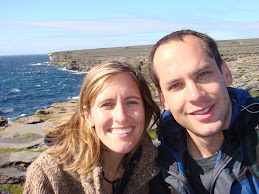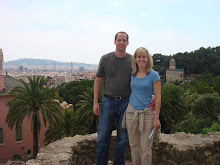Bret and I spent roughly two weeks on location, working from sunrise to sunset. From a geographic standpoint, this trip was a repeat of all the regions I visited in France in April while scouting shots for the June filming trip: Rhone Valley, Burgundy and Champagne. (See previous blog post.)
Hungary was a new destination for me, so I've chosen to focus on it for this post.

We spent two days in the Tokay region, about 2.5 hours east of Budapest. We stayed in the village of Mad, where Royal Tokaji is located. To read an interesting story about Mad, click here. Mad is a charming, sleepy little place. Although this village is the birthplace of the Tokaj Renaissance and Tokaji wines have re-emerged on the international stage since 1990, the local community is just beginning to wrap its arms around the idea of tourism and capitalism, after so many years under Communist rule. A hotel has opened in town, buildings are being restored, a few bars have opened. Even more much-needed tourism development is happening around the nearby village of Tokaj. The two rivers that meet near Tokaji village throw off a mist that contributes to the fungus that grows on the Tokaj grapes and helps shrivel the berries so they can be made into Tokaji Aszu wines. Tokaji wines are some of the richest and rarest in the world. Because tourism is just getting started here, it's definitely an interesting place to visit if you prefer a more rustic, quaint travel experience. The 13th/14th-century cellars built under the villages are incredible. I encouraged them to start hosting cellar/cave tours in the summer. Lunch at the Grof Degenfeld Castle Hotel (on the terrace) with a bottle of Hungarian sparkling wine should not be missed.
Budapest is a very charming city, actually two cities -- Buda on the west side of the River Danube and Pest on the other. I didn't bring my pocket camera on the trip, but here are some great pictures of the city.
We had an incredible dinner at the famous Gundel's restaurant in Pest, replete with musicians, Hungarian food and spoonfuls of the rare Essencia from Royal Tokaji Wine Company. The architecture of Budapest was an interesting mix of old and new. Lots of old mansions had been converted to museums or museums with restaurants, cafes downstairs. Walking through Heroe's Square and down the Andrassy Avenue, now a World Heritage Site, was quite an experience. There was an exciting vibe throughout the city; maybe it was the arts festival that was taking place, but I also sensed an air of liberation still alive and well in Budapest, some 20 years after the fall of Communism in Hungary.
Bret also traveled to Alsace without me, as I had to return to Ireland to pick up cousin Bruce for his holiday.





No comments:
Post a Comment